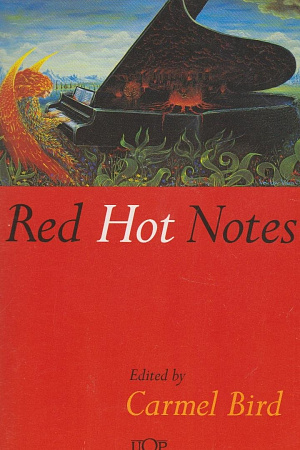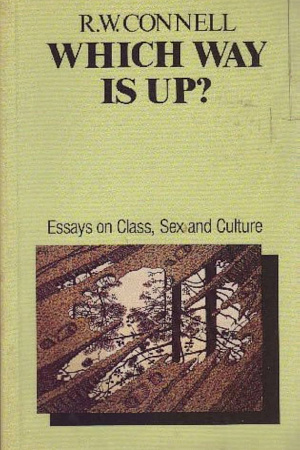Joyce DiDonato

Opportunities to hear Hector Berlioz’s song cycle Les Nuits d’été (Summer Nights) – orchestrated or not – are sadly rare in Melbourne, probably because of the interpretative challenges it presents for the soloist. Swedish mezzo-soprano Katarina Karnéus sang it with the Melbourne Symphony Orchestra in 2003, and soprano Camilla Tilling, another Swede, performed it at the Melbourne Recital Centre in 2016, with Leigh Harrold at the piano. There are many fine recordings of the cycle, notable examples being Janet Baker (conducted by Adrian Boult) and Régine Crespin (conducted by Ernest Ansermet); a favourite of mine, less celebrated, is the Belgian soprano Suzanne Danco’s 1951 recording conducted by Thor Johnson.
Born in 1803, Berlioz – the quintessential Romantic – had a relatively small oeuvre. Liszt and Paganini both considered him the true successor to Beethoven, but Berlioz’s irreverence towards the musical establishment won him many detractors, and they persist today. For some of us, though, his writing for the female voice is equal to that of Mozart and Strauss.
Continue reading for only $10 per month. Subscribe and gain full access to Australian Book Review. Already a subscriber? Sign in. If you need assistance, feel free to contact us.











Leave a comment
If you are an ABR subscriber, you will need to sign in to post a comment.
If you have forgotten your sign in details, or if you receive an error message when trying to submit your comment, please email your comment (and the name of the article to which it relates) to ABR Comments. We will review your comment and, subject to approval, we will post it under your name.
Please note that all comments must be approved by ABR and comply with our Terms & Conditions.